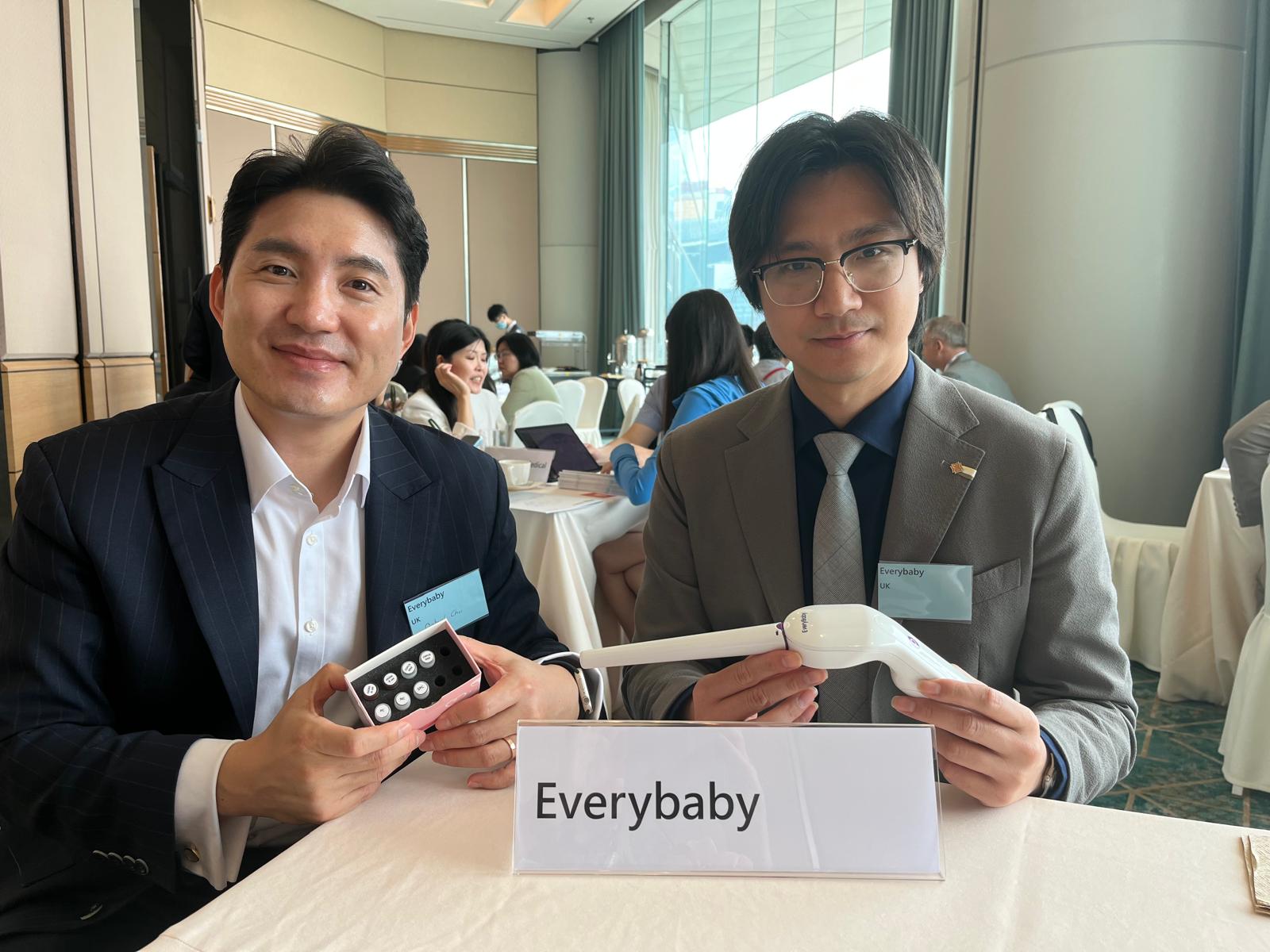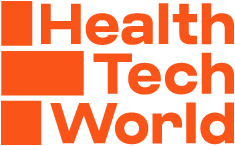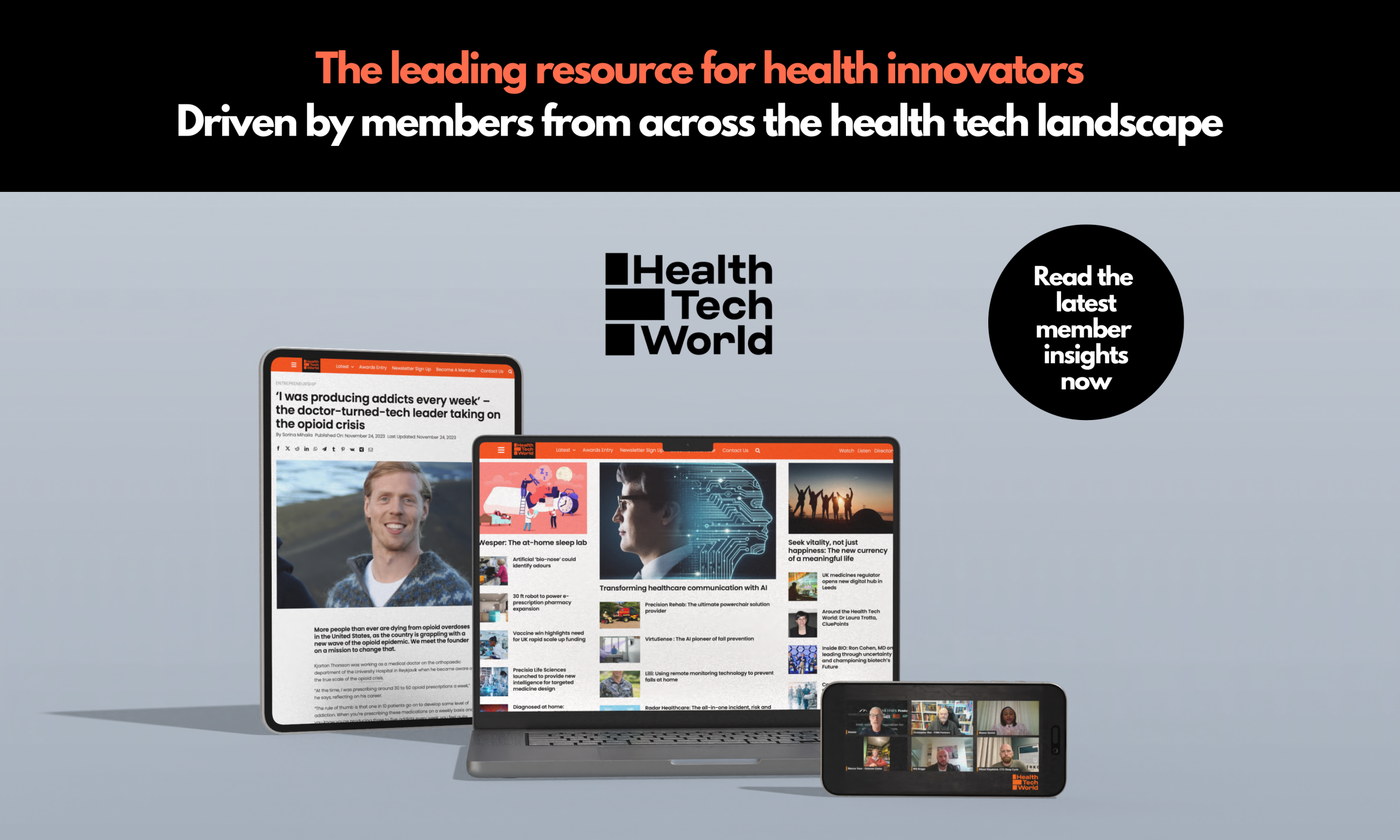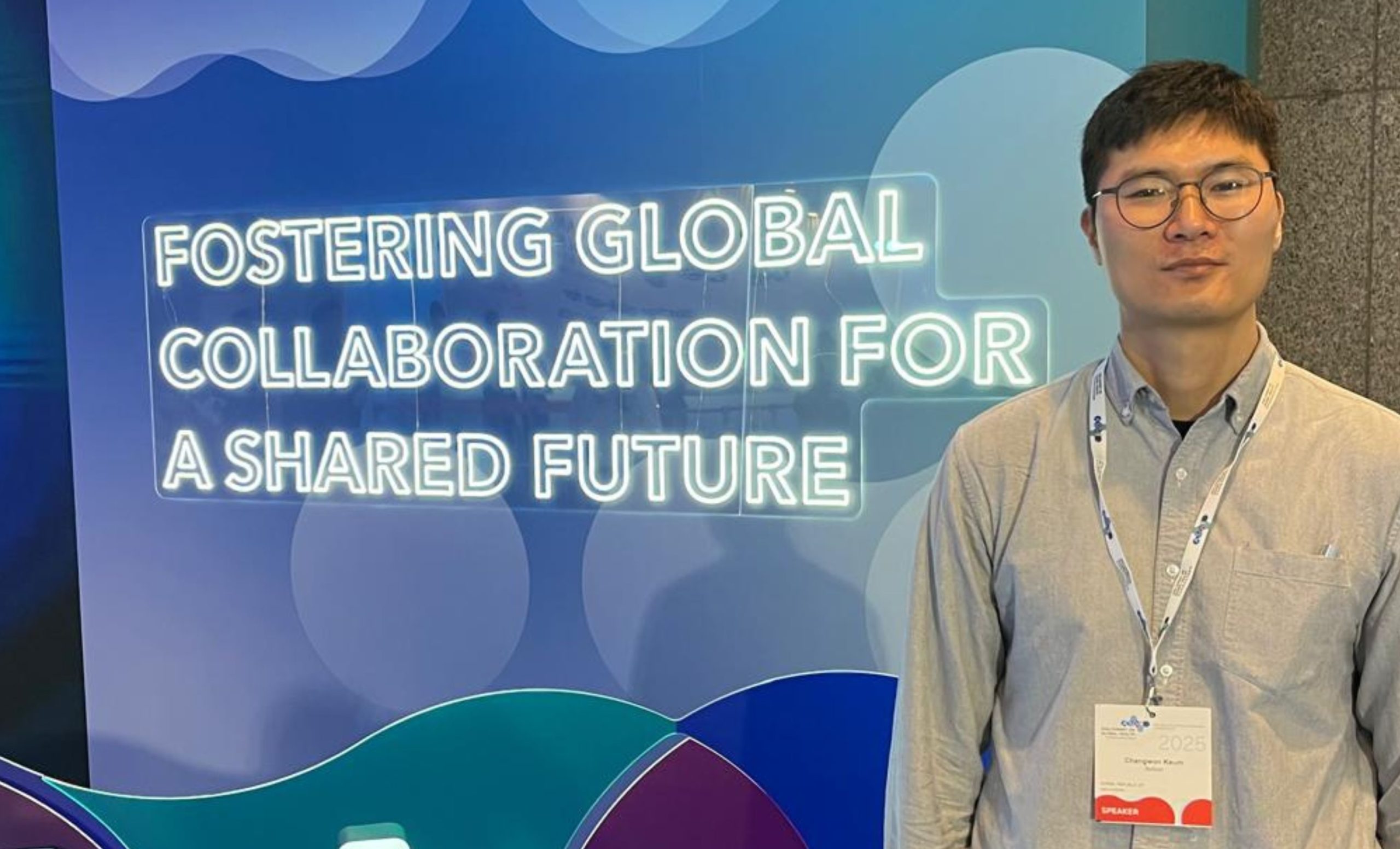
Preterm birth affects one in 10 babies globally, but a first-of-its-kind handheld diagnostic device hopes to transform these outcomes by predicting the risk ahead of time. Health Tech World speaks to Dr Shaolin Liang of Every Baby to find out more.
Every hour, 125 babies die from preterm birth complications.
This figure reveals a desperate need for new diagnostic innovations, with traditional methods unable to precisely measure the risks of complications such as learning disabilities, vision and hearing problems, and chronic lung disease, among other issues.
This gap in care is the motivation behind Every Baby, a medtech company that has developed a unique handheld device designed to measure cervical cell changes that detect preterm birth risk.
The device, which uses microcurrents instead of ultrasound, can make a diagnosis earlier in the pregnancy and has a 21 per cent higher accuracy than traditional methods.
“This journey started because we recognised a neglected problem in women’s health – and we wanted to fix it,” says Liang (pictured, right, above).
“We spun this technology out into a company with the support of investors and researchers. We’re now focused on bringing this solution to the women who need it most.”
Improving on traditional risk assessment
The device is powered by advanced Electrical Impedance Spectroscopy (EIS) technology and measures cellular changes in the cervix.
“To put that into context, if you imagine the womb and the baby’s head, the cervix sits just below.
“As labour approaches, the cervix begins to soften and open to allow the baby to be delivered,” says Liang.
Traditionally, to predict preterm birth risk, transvaginal ultrasound is used to measure the length of the cervix with the assumption being that a shorter cervix indicates impending labour.
“But by the time this shortening is detected, it’s often too late for effective early intervention,” Liang continues.
“Our device goes a step further by detecting when the cervix begins to ‘ripen’, much like how an avocado softens.
“This change in tissue softness happens before the cervix shortens, and our technology can detect it.”
The device sends microcurrents into the cervix to measure this softening at a cellular level, similar to how an ultrasound sends sound waves.
“Instead, we’re reading the tension in the cells. It takes just three seconds, whereas a traditional ultrasound scan can take up to 15 minutes,” says Liang, who explains that one of the key advantages of this is accuracy.
“Cervical length can vary significantly between individuals, and factors like ethnicity also come into play.
“For example, research shows that Asian women tend to experience faster cervical changes than Western women, but we still don’t fully understand why.
“Our device accounts for these variations by focusing on cellular-level change, not just structural length.
“In severe cases of preterm birth – before 33 weeks – babies are extremely vulnerable and often require intensive care in incubators. Some may not survive.
“It’s heartbreaking, and yet preterm birth has remained largely unaddressed for the last 30 years, despite major advances in medical technology.
“Our technology has the potential to change that.
“Clinical studies conducted in the UK show our device is 21 per cent more accurate than current standard-of-care methods.
“We’ve also integrated AI into the system, achieving an AUC score of 0.90, a very strong indicator of predictive performance.”
Diagnostics in the palm of your hand
The handheld device has been designed to be much smaller and more convenient than an ultrasound probe, making preterm risk diagnosis much more accessible than currently possible.
“Right now, the handheld device is designed to be used by clinicians,” says Liang.
“Unlike traditional methods that require doctors to insert instruments internally and manually measure cervical length, our technology is as simple as touching the cervix with the device.
“Within seconds, it gives a reading based on cellular changes, which can be interpreted and shared with the healthcare provider.”
Liang says that Every Baby’s long-term vision is to make the device accessible more broadly outside of the clinical context.
“From the beginning, we’ve designed it to be user-friendly enough for home use,” says Liang.
“Many mothers have told us during interviews that they’d feel much more confident using this themselves at home.
“One woman told us she wished she could’ve used it while travelling during her pregnancy, just to check everything was okay.
“In her case, she was 20 weeks pregnant and on a business trip when she felt something wasn’t right.
“She went to a hospital abroad, and an ultrasound showed her cervix was measuring under 2.5cm, a sign she might go into labour early.
“She was Asian, and cervical dynamics vary by ethnicity, so the local team hospitalised her for two weeks, even though she ended up having a full-term birth.
“That entire experience could’ve been avoided with more accurate, personalised insight.”
Improving end-of-pregnancy outcomes
Liang says that Every Baby also sees a huge opportunity around the end of pregnancy, such as using the device to predict risks of late births.
“At 40 weeks, if a woman hasn’t gone into labour yet, doctors often want to intervene, because babies grow rapidly at that stage and delayed delivery can lead to complications,” he explains.
“In such cases, medication is used to soften the cervix, but right now, there’s no reliable way to know whether it’s working unless labour starts.
“With our device, we can actually measure if the cervix is softening at a cellular level, which could help guide the decision about whether to wait or proceed with a C-section.
“That kind of insight is invaluable, as no one wants to undergo surgery if it can be avoided.”
Looking to the future
Every Baby recently received conditional approval for the device from the UAE’s Department of Health and will now conduct further studies to gain full regulatory approval over the next 18 to 24 months.
“We have a fully functioning prototype and are ready to scale, we’re simply waiting on final clearance to begin shipments,” says Liang.
“Abu Dhabi’s Early Childhood Authority (ECA), which supports child development from pregnancy through early childhood, has been incredibly supportive.
“They, along with the Abu Dhabi Investment Office, invited us to bring the product to the region, and we’re grateful for that partnership.
The company is also planning to expand globally, and is currently focused on licensing and regulatory approval in the UK and other markets.
“Getting to this stage hasn’t been fast. Just applying to reach customers in the UAE took over two years.
“Regulatory progress in the UK has been much slower in comparison, and we hope to see that change,” Liang adds.
“Still, we’re moving forward, and we’ve now built connections across the UK, Hong Kong, China, and beyond.”
Health Tech World met Dr Shaolin Liang at the Asia Summit on Global Health, facilitated by the Hong Kong Trade Development Council (HKTDC).







